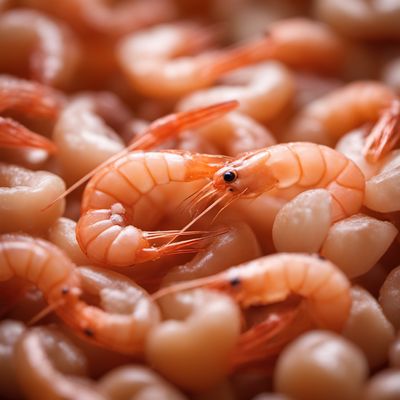
Ingredient
Shrimps, common
The Ocean's Delicacy
Shrimps are small, crustacean creatures with a sweet and delicate flavor. They have a firm yet tender texture and a slightly translucent appearance. Shrimps can range in color from grayish-brown to pink, depending on the species. They are commonly used in dishes such as shrimp scampi, shrimp cocktail, stir-fries, and seafood pasta.
Origins and history
Shrimps have a rich history in culinary traditions, particularly in coastal regions and island nations. They have been a staple in cuisines such as Thai, Cajun, and Mediterranean. Shrimps are often associated with seafood boils, paellas, and various Asian stir-fries. They are also highly valued for their economic importance in the fishing industry.
Nutritional information
Shrimps are low in calories and fat, making them a healthy choice for seafood lovers. They are a good source of lean protein, vitamins, and minerals, including selenium and iodine. A 3-ounce serving of cooked shrimp contains approximately 84 calories, 1 gram of fat, and 18 grams of protein.
Allergens
May contain allergens such as shellfish.
How to select
When selecting shrimps, look for firm and translucent flesh. Avoid shrimps with a strong ammonia smell or signs of discoloration. Fresh shrimps should have a mild, briny aroma. If purchasing frozen shrimps, ensure that they are properly sealed and free from ice crystals.
Storage recommendations
Fresh shrimps should be stored in the refrigerator at a temperature below 40°F (4°C) and consumed within a day or two. Cooked shrimps can be stored in an airtight container in the refrigerator for up to 3 days. To extend their shelf life, shrimps can be frozen for up to 3 months. It is recommended to remove the shells before freezing to prevent freezer burn.
How to produce
Shrimps can be commercially farmed or caught in the wild. Commercial shrimp farming involves raising shrimps in controlled environments such as ponds or tanks. Wild shrimps are caught using various fishing methods, including trawling and netting. Consult local regulations and guidelines for sustainable fishing practices and responsible sourcing.
Preparation tips
Shrimps can be prepared in numerous ways, including boiling, grilling, sautéing, and frying. They can be used in a variety of dishes, such as shrimp scampi, shrimp cocktail, shrimp stir-fries, shrimp pasta, and shrimp salads. Shrimps cook quickly and should be cooked just until they turn opaque and firm. Overcooking can result in rubbery and tough texture.
Substitutions
Crayfish or prawns can be used as substitutes for shrimps in most recipes. However, they may have slightly different flavors and textures. If allergic to shellfish, tofu or tempeh can be used as vegetarian alternatives in dishes that call for shrimps.
Culinary uses
Shrimps are widely used in various cuisines and dishes around the world. They are commonly found in dishes such as shrimp scampi, shrimp cocktail, shrimp stir-fries, shrimp pasta, and shrimp salads. Shrimps can also be used in soups, stews, and curries.
Availability
Shrimps are commonly available in coastal regions and countries with access to the ocean. They are cultivated or caught in countries such as the United States, China, India, Thailand, and Ecuador. Fresh shrimps are often found in seafood markets, while frozen shrimps are available in most grocery stores and supermarkets.
More ingredients from this category
Recipes using Shrimps, common » Browse all
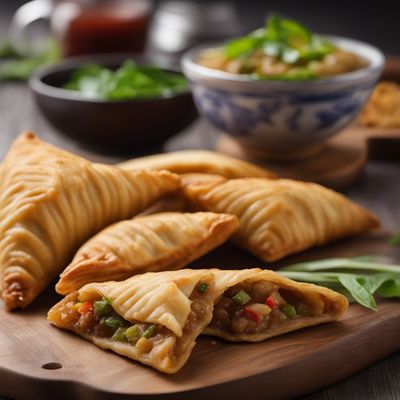
Caribbean Chinese Potato Turnovers
Island-Inspired Potato Turnovers with a Chinese Twist

Taoist Neula
Harmonious Harmony: Taoist Neula Recipe
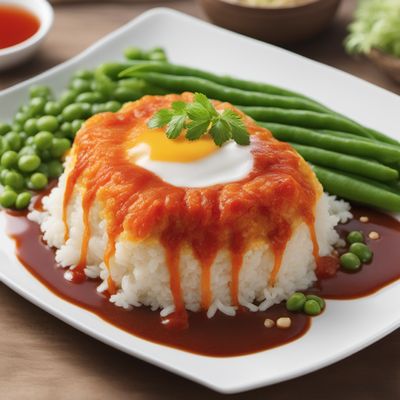
Omurice with a Twist
Savory Egg-Topped Rice Delight

Nagoya-style Koi Tempura
Crispy Delight: Nagoya-style Koi Tempura

Abajao with a Twist
Savory Abajao Delight: A Modern Twist on a Filipino Classic
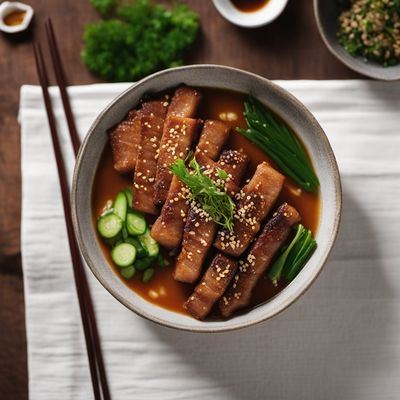
Okinawan Pork and Rice Cake Delight
Savory Okinawan Pork and Rice Cake Medley

Burmese-style Steamed Fish
Golden Fish Delight: A Burst of Burmese Flavors
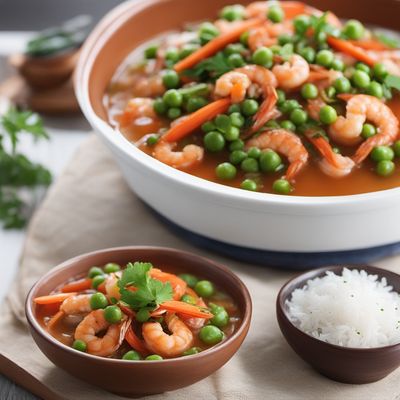
Shandong-style Majadito
Savory Shandong Rice Delight

Jiangxi-style Seafood Noodle Soup
Savor the Flavors of Jiangxi with Seafood Noodle Soup

Saraiki Cheese Bread
Savory Delight: Saraiki Cheese Bread

Phở Xào with Lemongrass Beef
Vietnamese Lemongrass Beef Stir-Fry with Rice Noodles
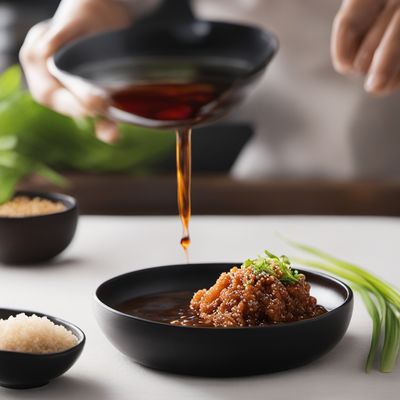
Aburaage with Miso Glaze
Savory Miso-Glazed Aburaage: A Japanese Delight

